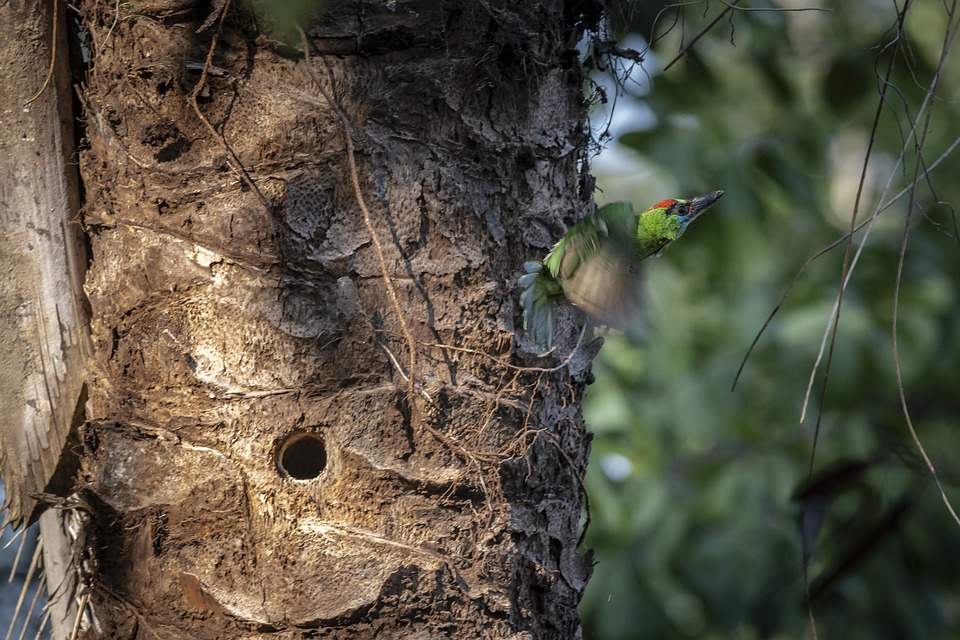Parrots are highly intelligent and social birds known for their vibrant personalities. However, their excitement levels can sometimes become overwhelming for both the parrot and their human companions. In this article, we will delve into the topic of understanding parrot excitement, including signs, triggers, and effective management techniques. Additionally, we will address frequently asked questions to provide a comprehensive guide for parrot owners.
Parrots have a wide range of emotions, and excitement is one of them. Understanding parrot excitement is crucial for maintaining their overall well-being and establishing a harmonious relationship. By recognizing the signs and triggers of excitement, parrot owners can effectively manage and redirect this energy in a positive manner.
Parrots exhibit various signs when they are excited. These signs may include flapping wings vigorously, rapid head movements, pacing back and forth, vocalizing loudly or incessantly, tail fanning, raising feathers on the back or neck, biting or nibbling on objects, and increased energy and restlessness.
Understanding the triggers that lead to parrot excitement is essential in managing their behavior. Some common triggers include environmental changes or new stimuli, the arrival of visitors or unfamiliar people, introduction of new toys or treats, presence of other animals or birds, specific sounds or music, changes in daily routines or schedules, and lack of mental and physical stimulation.
Managing parrot excitement requires a proactive approach to ensure the well-being of both the bird and its human companions. Effective techniques include providing mental and physical stimulation through interactive toys, puzzles, and playtime, establishing a consistent daily routine to minimize sudden changes, creating a calm and enriched environment, utilizing positive reinforcement training to redirect and reward desired behaviors, gradually desensitizing the parrot to triggers, offering a variety of safe and engaging activities, ensuring regular exercise and flight opportunities, and consulting avian behavior specialists or trainers for expert guidance.
Here are some frequently asked questions about parrot excitement:
Q1: Is excitement normal for parrots, or should I be concerned?
A1: Excitement is a natural part of a parrot’s behavior. However, excessive or prolonged excitement may indicate a need for management and redirection.
Q2: Can parrot excitement lead to aggression?
A2: While excitement itself doesn’t necessarily lead to aggression, it can increase the likelihood of undesirable behaviors. It is essential to manage and redirect excitement to prevent potential aggression.
Q3: How can I calm down an excited parrot?
A3: Calming down an excited parrot can be achieved by creating a calm environment, offering engaging activities, and utilizing positive reinforcement training techniques.
Q4: Can I punish my parrot for being too excited?
A4: Punishment is not recommended for managing parrot excitement. Instead, focus on positive reinforcement and redirection to encourage desired behavior.
Q5: Should I consult a professional for help with managing parrot excitement?
A5: If you are struggling to manage your parrot’s excitement or if the behavior becomes problematic, it is advisable to seek guidance from avian behavior specialists or trainers who can provide expert advice tailored to your specific situation.
In conclusion, understanding parrot excitement is crucial for maintaining a healthy and harmonious relationship with these intelligent birds. By recognizing the signs, identifying triggers, and implementing effective management techniques, parrot owners can ensure their feathered companions lead a fulfilling and enriched life. Remember, patience, consistency, and positive reinforcement are key to successfully managing parrot excitement.









